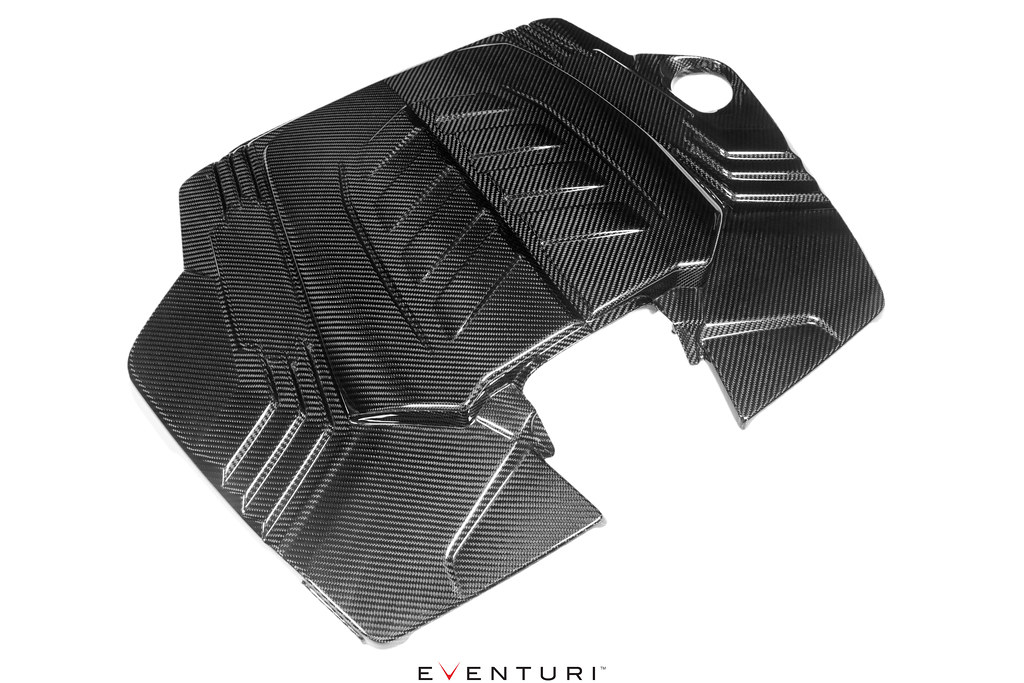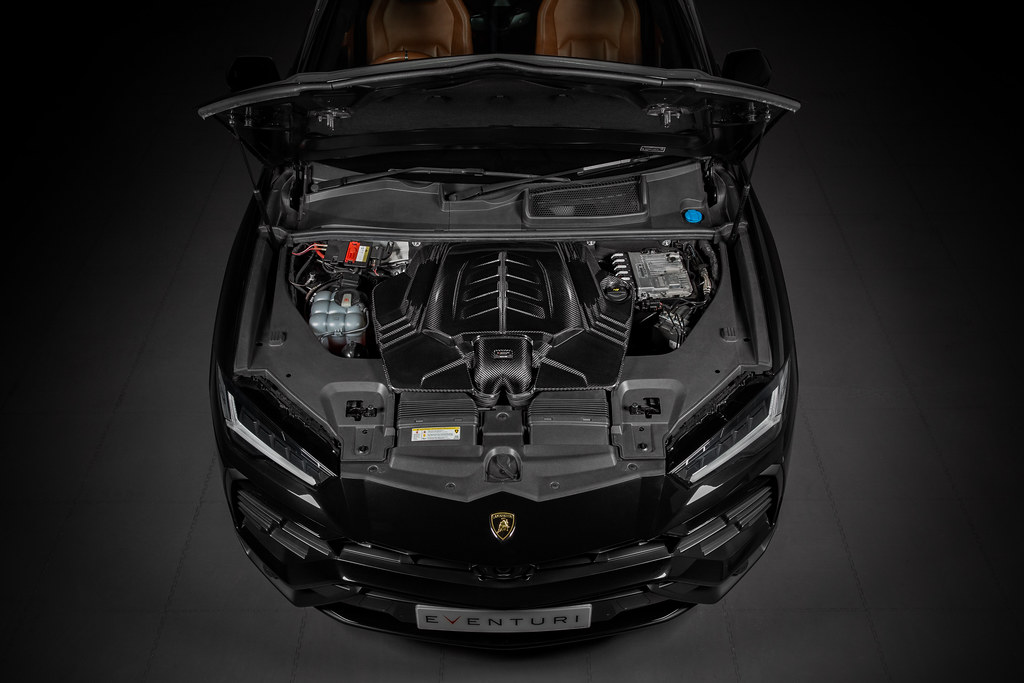🦎 Free gift included on most orders over $500 🦎*exclusions apply.
📦 Free Standard Shipping 📦*on most orders over $100, valid for US customers only. Exclusions apply.

Didn't Quite Find What You Were Looking For?
The options are endless...
Whether it's a request from Audi Tradition, or the latest parts off of a newly unveiled model...
Chances are, we got you covered.

Make an Impression
Wheels are an easy way to transform the look of your vehicle.
Shop all of our wheel options here

Dynamic+ Tuning
Looking to switch to the best? Receive up to a 35% discount when switching from a competitors tune.
*Restrictions Apply


























